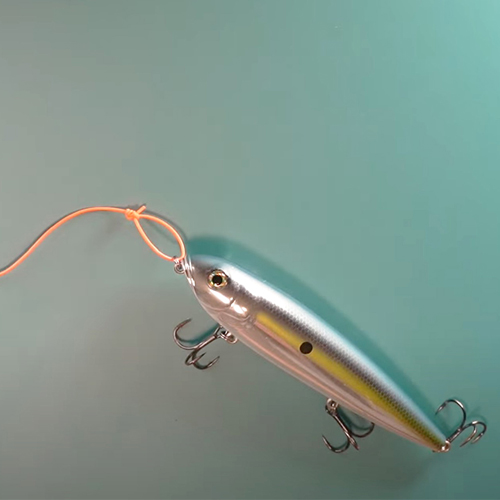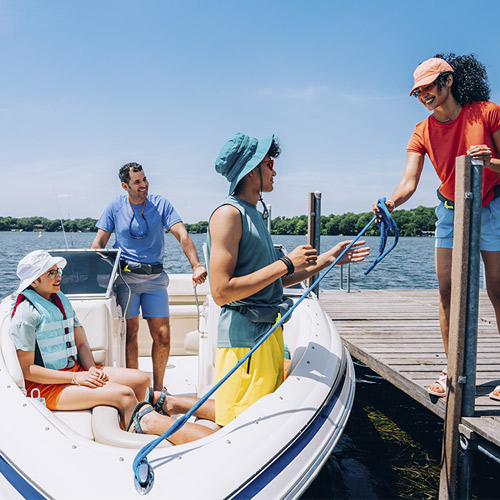Fishing High Tide
Discover the importance of fishing tide times when fishing saltwater spots. Learn how to read a fishing time chart to determine the best tide for fishing in your area. Find out how high tide times affect fish feeding activity and more in this section.
Fishing High Tide Or Low Tide
If you want to have a successful saltwater fishing trip, it's best to plan your time on the water according to the fishing tide times. There are stark differences between fishing high tide or low tide and while this section focuses primarily on fishing high tide, there are low tide opportunities (such as points and sloughs) to catch fish if you find yourself at the shore at the “wrong” time, which, ironically, can occasionally occur even when fishing high tide.
For example, during the peak of a high tide (or low tide), the water may not move for a period of minutes or hours depending on the time of year and tide schedule which is why it’s vital to check your local fishing tide chart to find out when the tides are occurring. Once you know, you should plan to focus most of your time between the high and low tides when the current will be moving.
Another thing you may notice when fishing high tide or low tide, during the peaks and lows of each respectively, when there is little to no current, is that baitfish activity levels drop. As a result, the feeding activity of saltwater game fish slows down as well. However, as noted earlier, while fishing may be more challenging during these peak times, there are still saltwater spots that provide opportunities to catch fish. You will just have to adjust your fishing tactics based on where the fish are most likely to find food sources as water levels rise (or fall).
In other words, once you have an answer to the question "when is high tide?" it certainly doesn't mean that you need to stop fishing.
Where To Fish During Rising Tides
Shallow bays and backcountry flats are two types of areas that are good to try when the tide is rising. As the tide rises, baitfish and crustaceans are swept along with the current into the shallows. Game fish will often follow behind in search of these food sources. If you want to catch inshore species such as red drum, pompano, or spotted seatrout, try fishing shallow bays or flats during a rising tide (prior to a peak high tide period).
Now that you know more about fishing high tides, you should begin to consider the barometric pressure when making a decision about the best times to saltwater fish. Fishing high pressure periods before an approaching front can also help increase your chances of catching fish on an incoming or rising tide. If you are wondering about specific fishing techniques that you can use during incoming and outgoing tides, read more about how to fish the tides.
KEEP LEARNING

How to Tie the Non-Slip Loop Knot
The non-slip loop knot is a popular and reliable choice for securing hooks, lures, and other tackle to your fishing line.
LEARN MORE

Socials
Take me fishing social media links
LEARN MORE

TakeMeFishing x Teen Vogue
Join us on a creative journey as fashion designer Ahmrii Johnson walks us through her collaborative vision and process with Teen Vogue and fashion brand, Rentrayage, to create a special piece.
LEARN MORE


.png?lang=en-US&ext=.png)